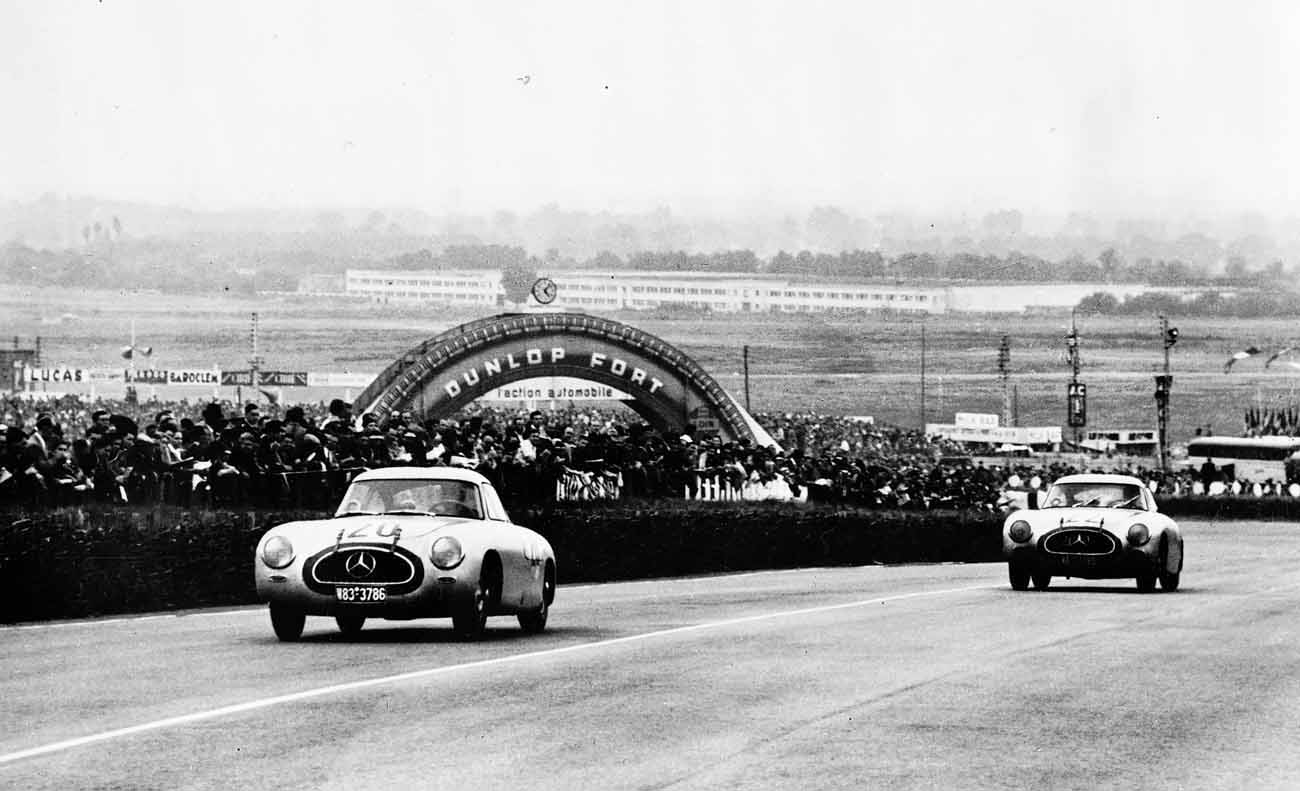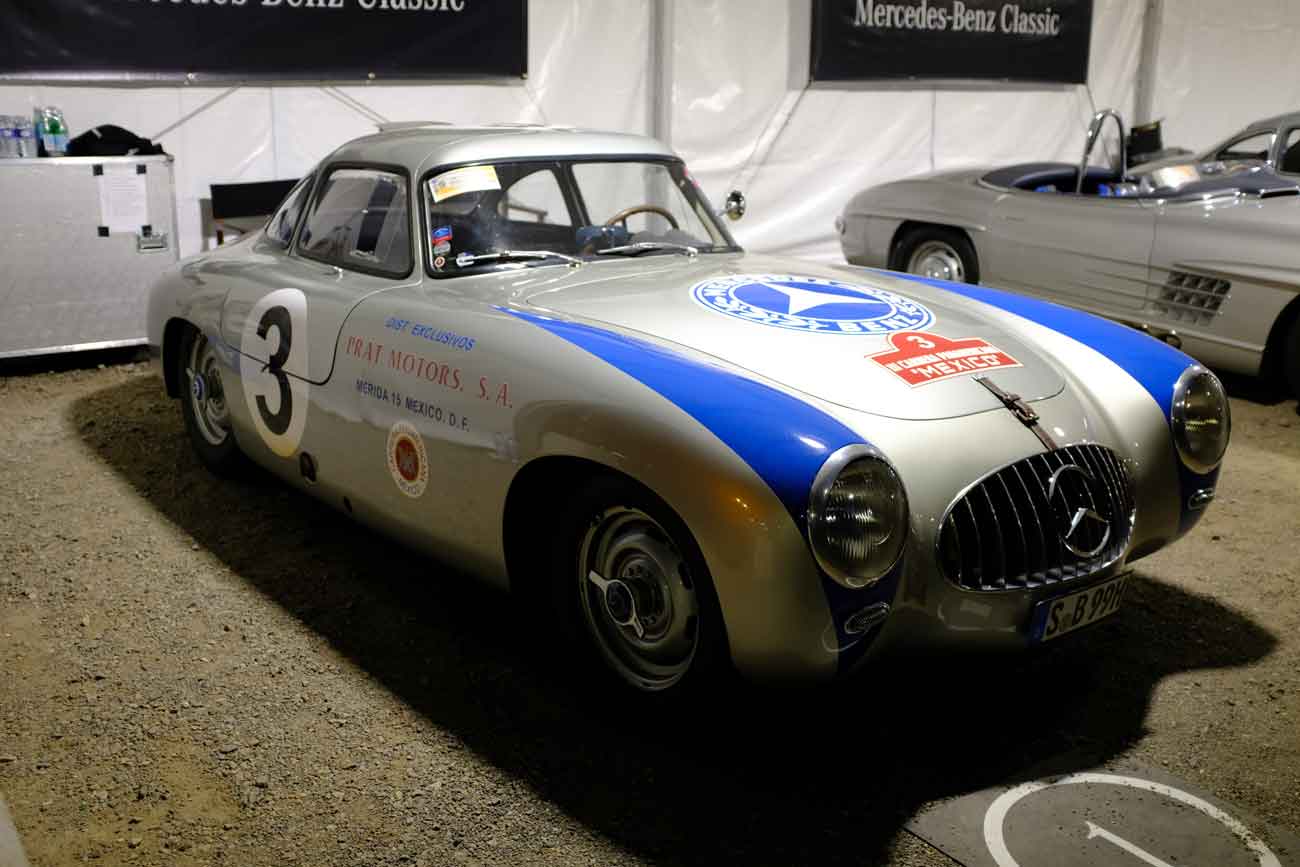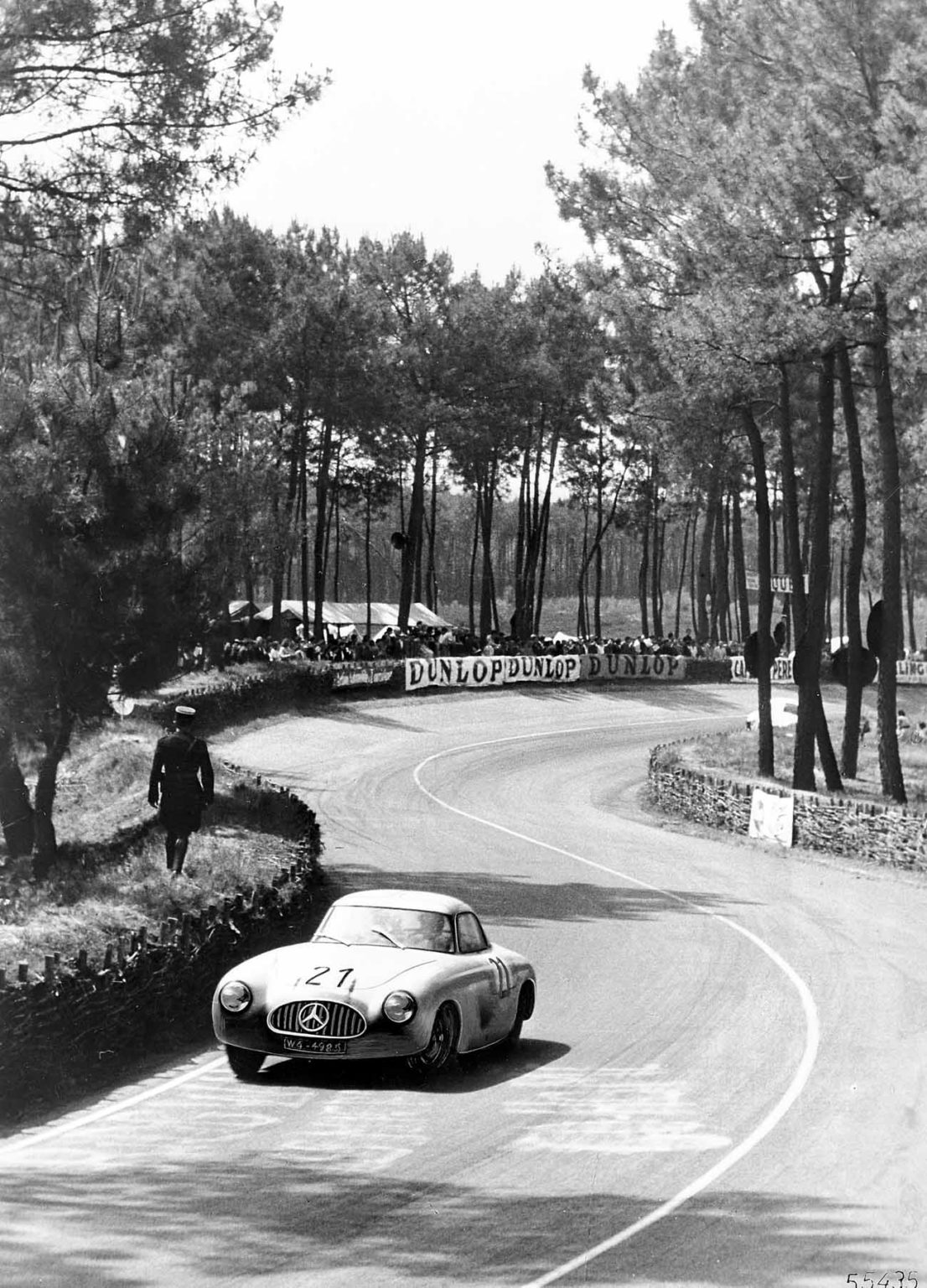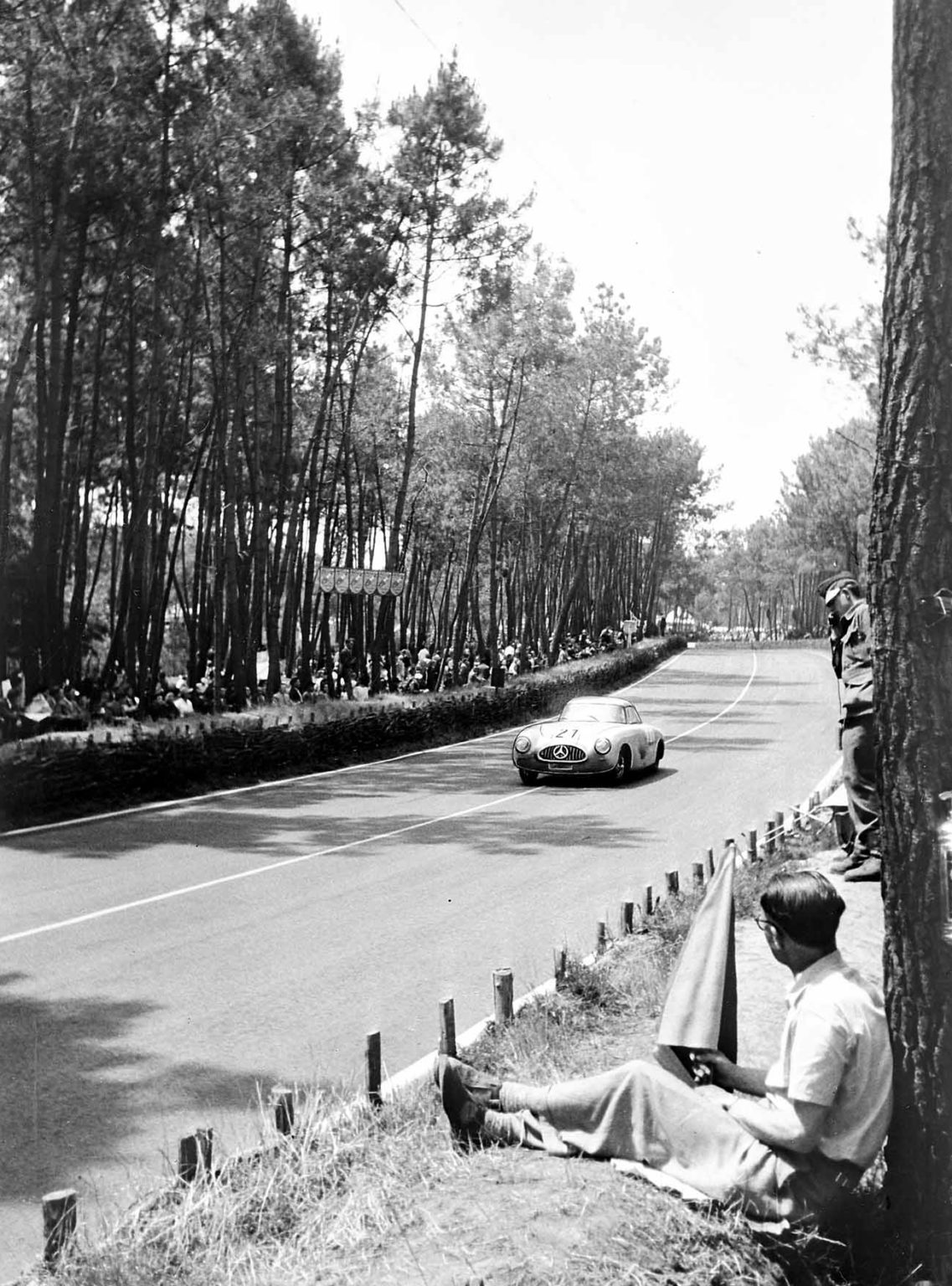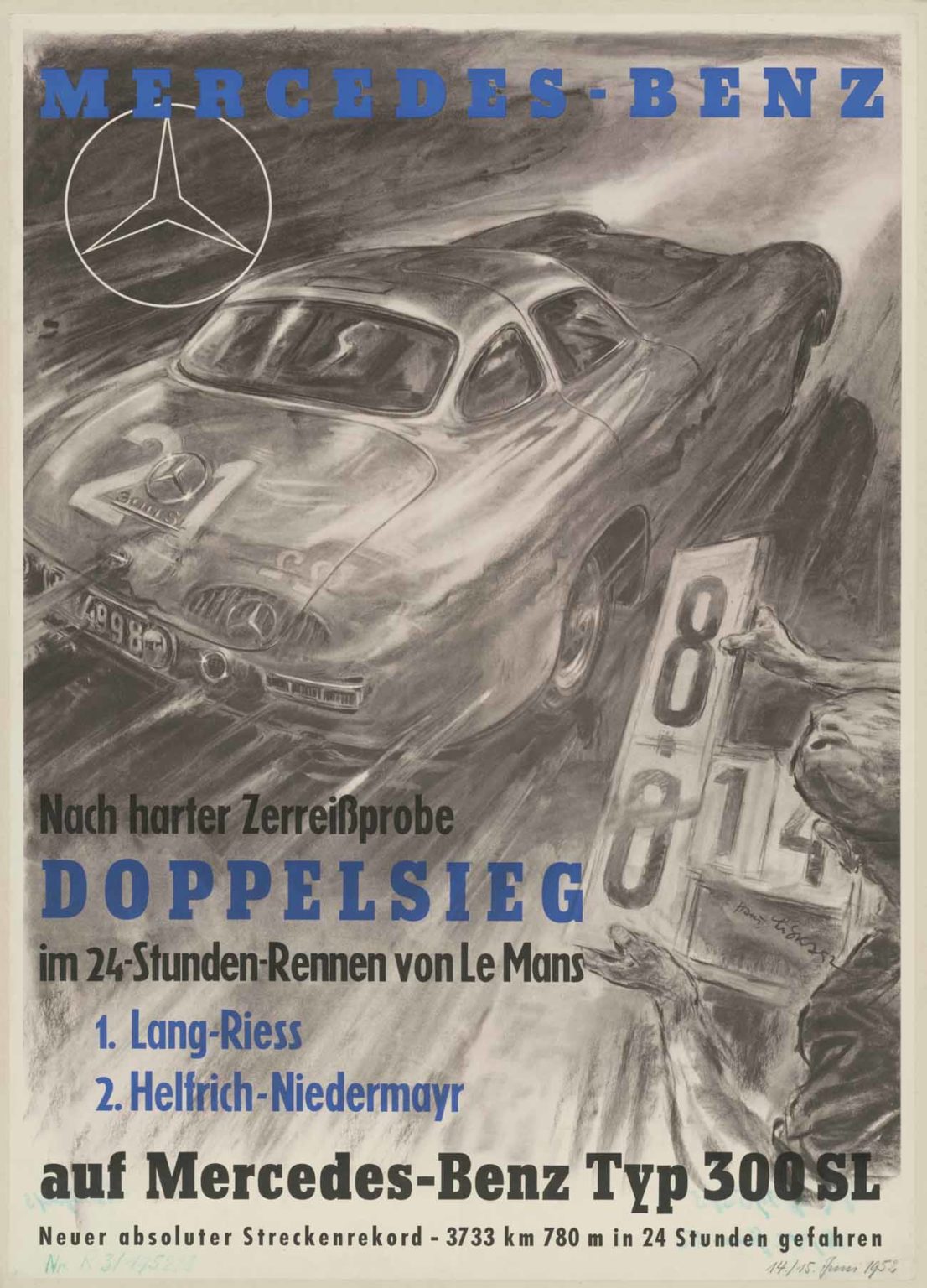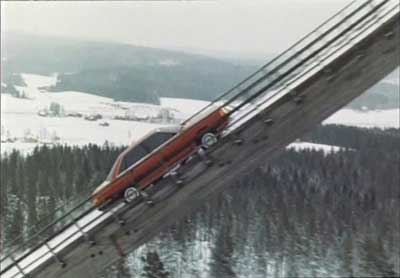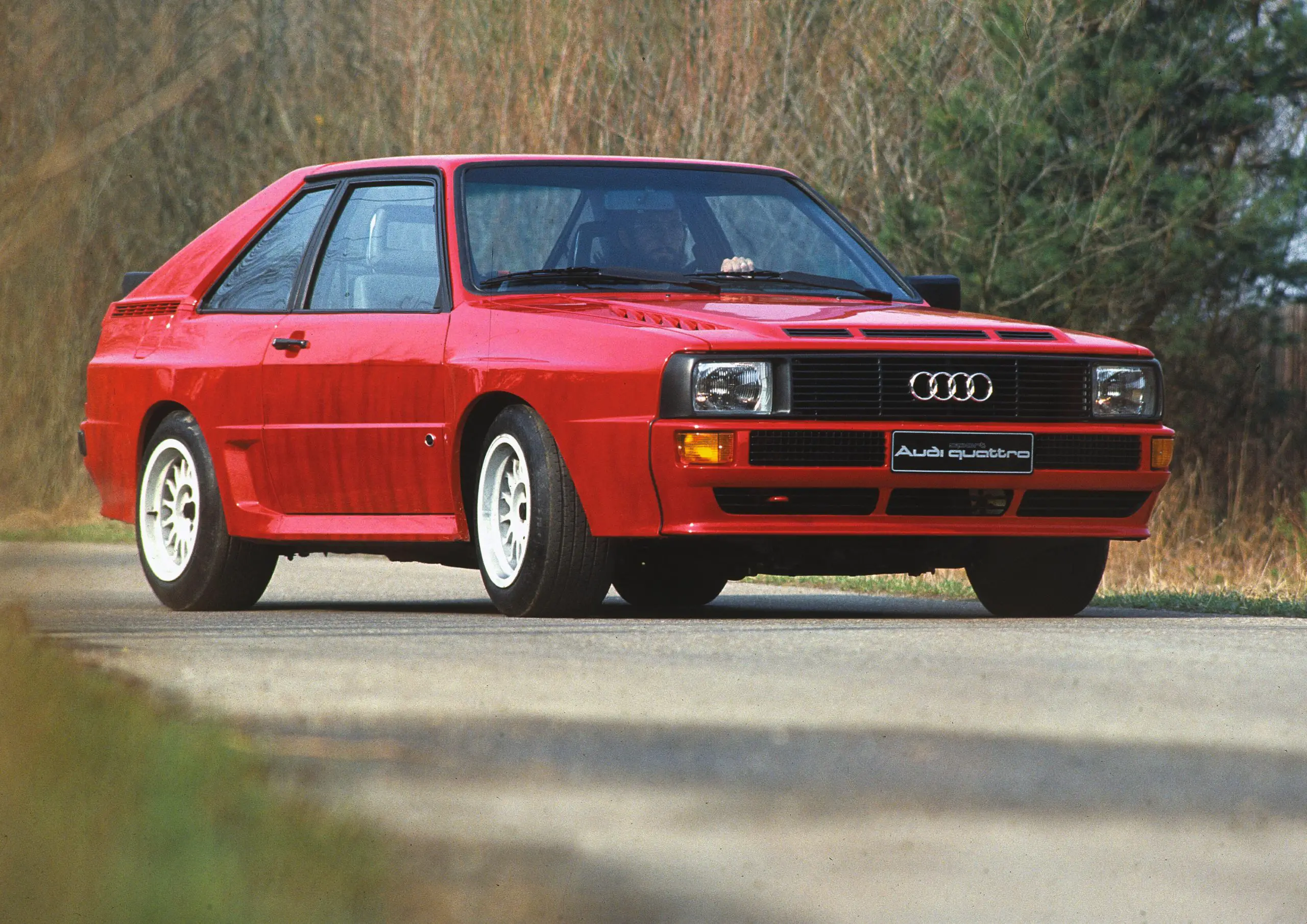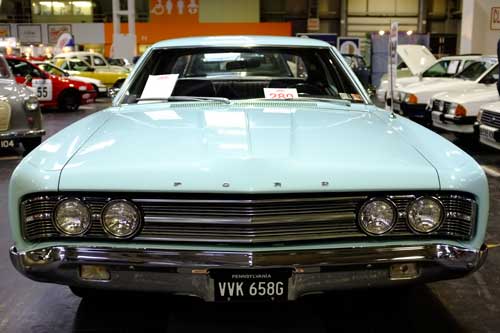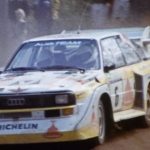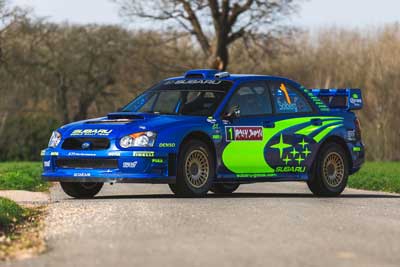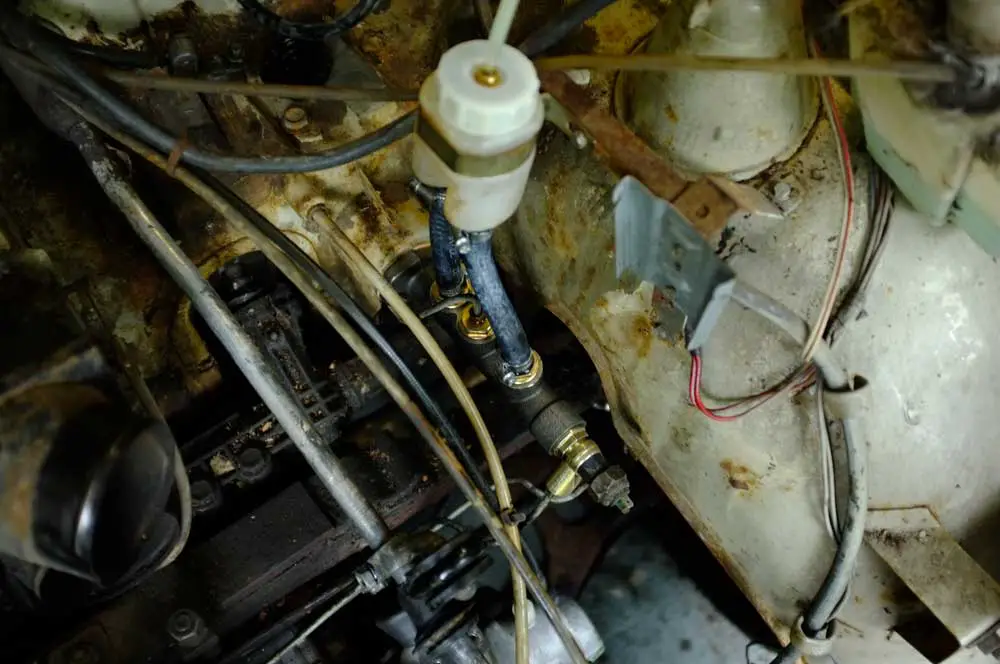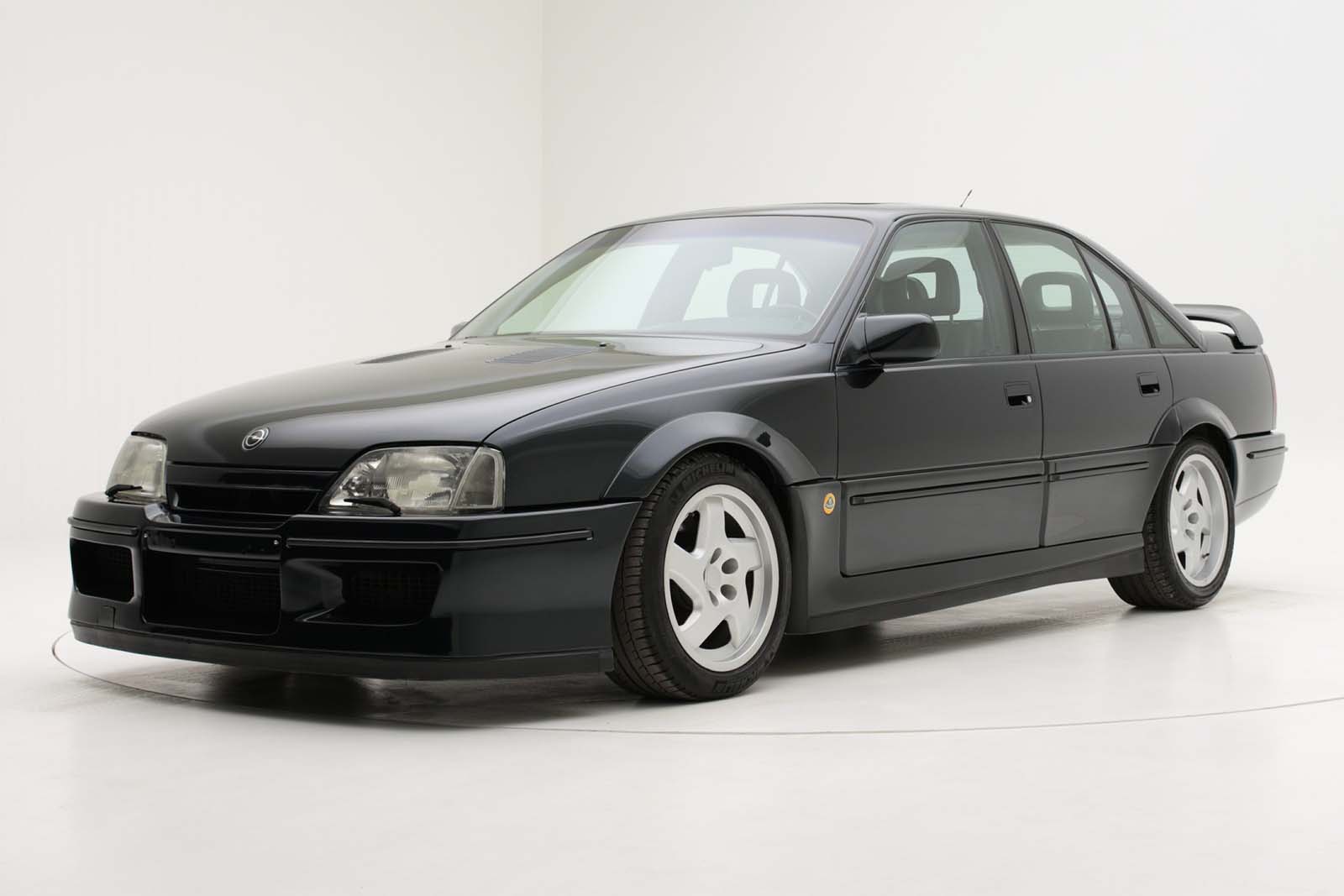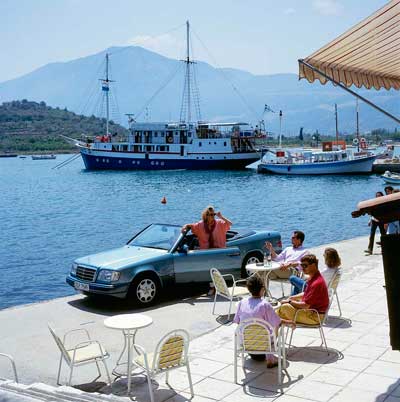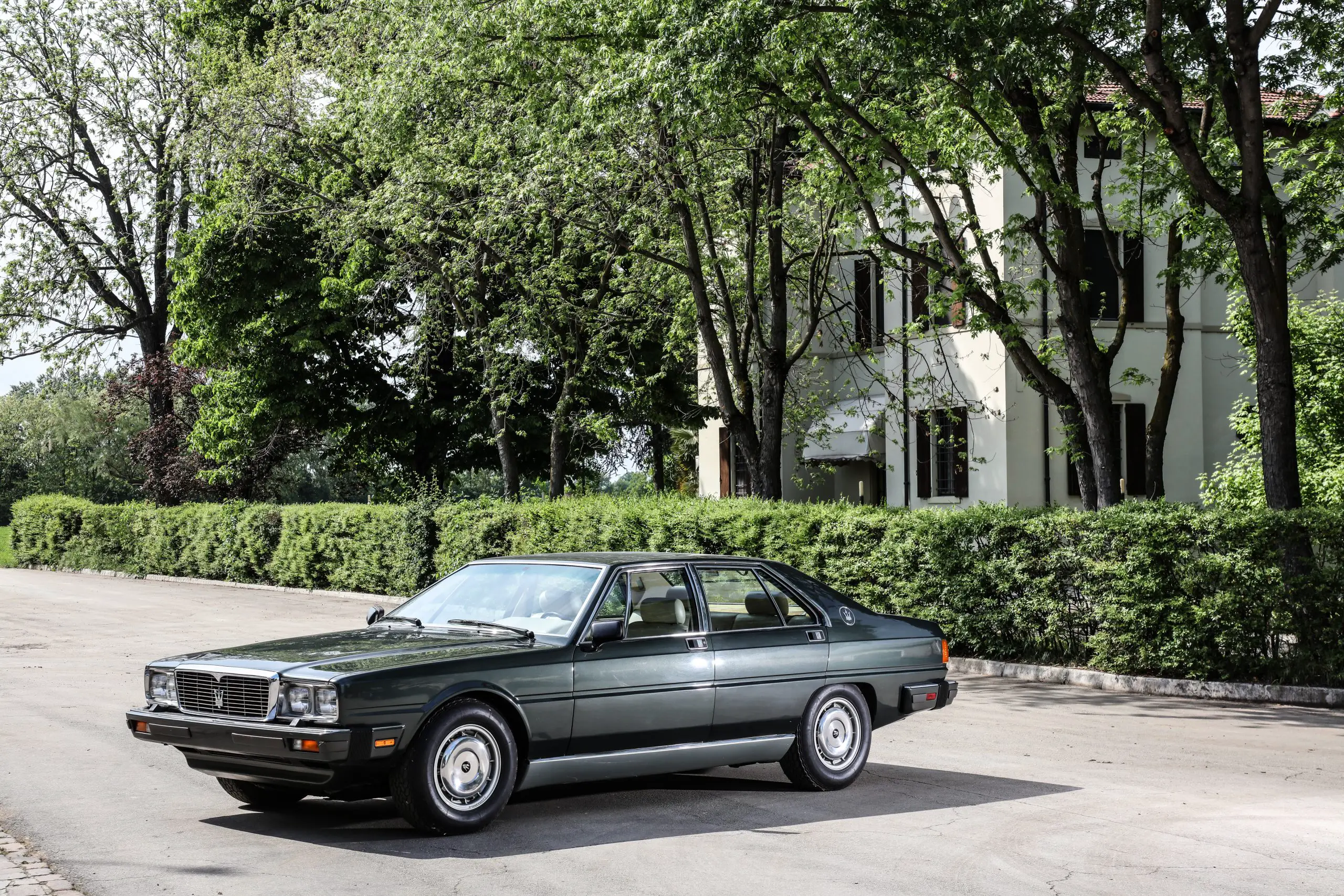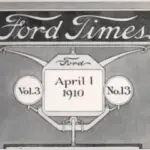
70 Years Of Mercedes-Benz 300 SL Success At The 1952 Le Mans 24 Hour
70 years ago, Mercedes-Benz returned to the world of motorsport after the Second World War with their new 300 SL racing car to succeed at the 1952 Le Mans 24 Hour with not just a win, but first and second place too.
This was quite remarkable as the aftereffects of the war had been economically devastating to Germany and to develop the new SL was quite a challenge. To come to Le Mans and win on its first attempt was very impressive and set a trend of success in multiple motorsport disciplines for years to come.
The Le Mans endurance race is the most exciting of all around the world with a history that is fast approaching 100 years. The determination to win here has seen massive investment from manufacturers to prove their cars. It’s not just about the win, it really sells the brand to a worldwide audience, as after all, the world is watching.
This was the first of the races where both top spots of the podium were occupied, Mercede-Benz repeated this with the Sauber C 9 in 1989 with an equally spectacular win. But it was that first one made all the more special as there wasn’t really the budget to go racing.
The original aim for Mercedes was to re-enter Formula 1, but due to the limited resources it was decided against doing this in 1952. New regulations for the 1954 season had already been announced.
Axles, transmissions and the engine of the new racing car were developed from the components of the Mercedes-Benz 2300 (W 186). The brand new feature of a lightweight but extremely torsionally stiff tubular frame, enclosed by a streamlined light-alloy body. The result of the elevated frame above the doors was that doors hinged on the roof and opened upwards. The characteristic gullwing doors being born through necessity.
The new car was immediately successful, with a one-two-three victory at the Grand Prix of Bern in Switzerland and the double podium win at Le Mans. But also, the Carrera Panamericana in Mexico as well as the top four positions at the Nürburgring Jubilee Grand Prix.
Mercedes-Benz 300 SL 1952 Le Mans Race Victory
The one-two victory at Le Mans was delivered by the driver combinations of Hermann Lang/Fritz Rieß and Theo Helfrich/Helmut Niedermayr.
The original car, chassis number 5 was shown at the Le mans Classic this year was the Carrera Panamericana car driven to second place behind the winning 300 SL by Hermann Lang and Erwin Grupp.
The same car also competed in the Mille Miglia with legendary racing driver Rudolf Caracciola and Peter Kurrle placing fourth.
Carraciola had already won the Mille Miglia for Mercedes-Benz in 1931.
To mount the return to racing a total of ten 300 SLs had been built for the 1952 season. The preparations for Le Mans had taken a whole year with testing on the 4 km long straight from Tertre-Rouge and the Mulsanne curves where drivers had to slow their cars to around 50 km/h from the highest speed seen on the circuit.
Lap after lap the cars would do this requiring the brakes to be able to withstand very high stresses and heat. The original idea was to mount a retractable aluminium aileron to act as an air brake, though was eventually dismissed.
During practice Hermann Lang was unofficially recorded as setting the highest top speed on the 4 km or 3 mile straight at 150 mph. He also set the fastest lap of 4 minutes and 40 seconds which was just one tenth faster than Ascari in his Ferrari. Both were 20 seconds faster than the official lap record of the Cunningham in 1951.
To distinguish the cars of the different teams a coloured and was added to the nose of each car around the radiator.
Chassis number 0009 and starting number 20 driven by Theo Helfrich and Helmut Niedermayr had a red band while car number 22, chassis 0008, driven by Karl Kling and Hans Klenkhad a green band. Car number 21, chassis 0007 driven by the winning combination of Hermann Lang and Fritz Rieß, had a blue band.
After the star Ferrari and Jaguar took the lead, new lap records being set by André Simon and Alberto Ascari in turn. But just two hours into the race the clutch of Ascari’s Ferrari 250 gave up and put Simon with the Ferrari 340 ‘America’ in the lead in front of the 2.3 litre Gordini of Robert Manzon and Jean Behra.
By the evening, the French pair had taken the lead but the Mercedes 300 SL of Kling and Klenk had an alternator failure forcing a ten minute pit stop with another 17 minute delay an hour later. Hans Kelnk eventually retiring at 12:30 am.
After pit stops the more old fashioned 4.5 litre Talbot of Pierre Levegh took the lead with the two SLs of Helfrich / Niedermayr and Lang / Riess following with a distance of 65 km.
By midday of the Sunday the race had just 19 cars remaining, Levegh still in the lead refusing to let his teammate Marchand take over. With just 70 minutes before the end of the race Levegh’s car suffered a damaged connecting rod and he had to abandon the race between Arnage and Maison Blanche.
This left the two 300 SLs way ahead of the remaining cars. Helfrich lost his leading position to Hermann Lang due to a small driving error which resulted in a damaged wheel pushing them back to third place overall.
The winning team of Hermann Lang and Fritz Riess crossed the finish line ahead of the pair of Helfrich and Niedermay.
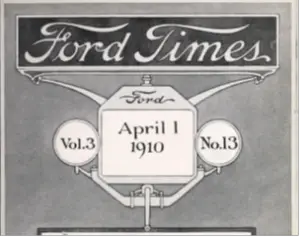
Ford’s Heritage Vault Makes The Ford Times Magazine Available To The Public
Ford’s expansion through the early 20th century was something to behold, the rapid growth of the company and the success of the Model T led
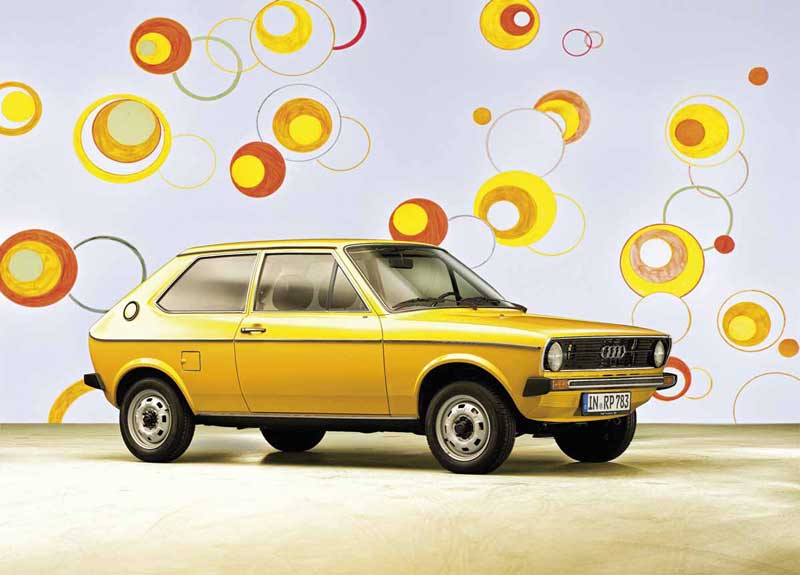
The Audi 50 At 50, Germany’s First Small Car
The Audi 50 that was the basis for the VW Polo is now 50. The small car was developed ahead of the oil crisis of
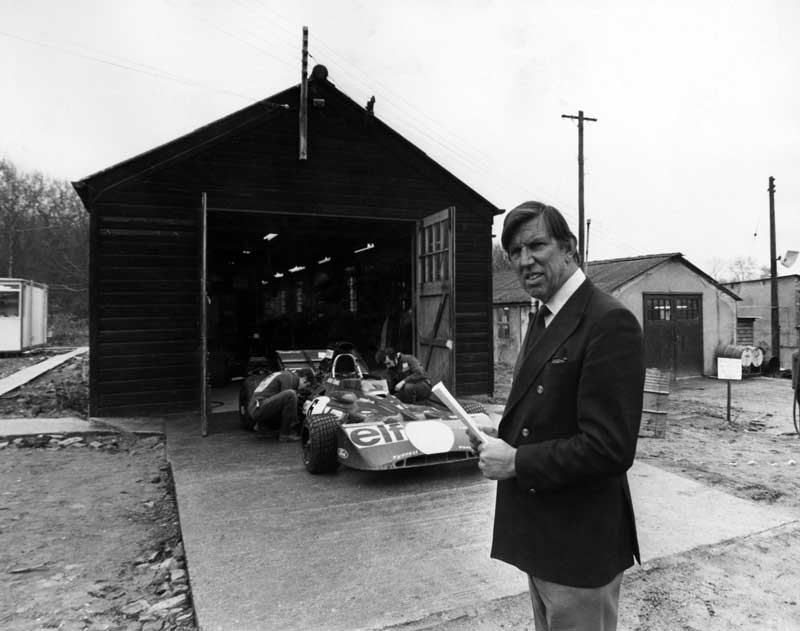
The Best Things Happen In An English Shed, Especially The Tyrrell Shed At Goodwood
The Tyrrell Shed once home of the World Championship winning Tyrrell Formula 1 team has been relocated to Goodwood and is set to open for
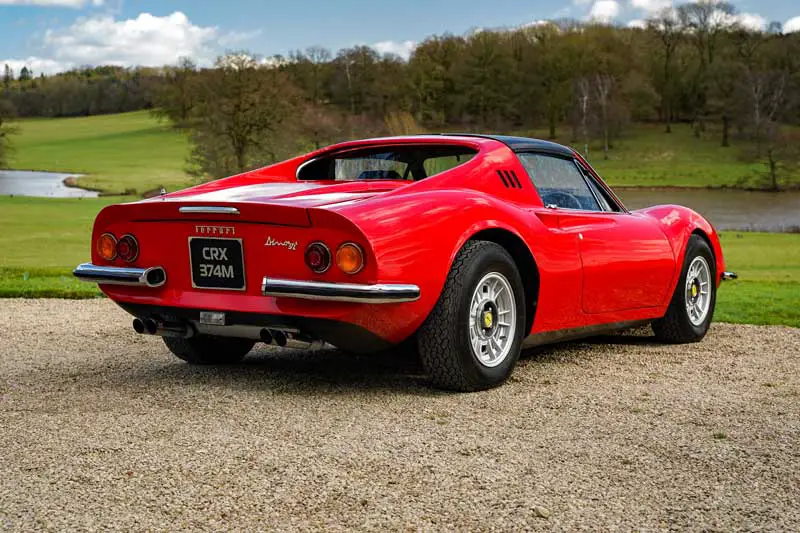
A 1973 Ferrari 246 Dino From The Manager Of Rock Legends Led Zeppelin Sold At Auction
Something of a piece of rock and roll history went for sale with the auction of Led Zeppelin manager Peter Grant’s old Ferrari 246 Dino
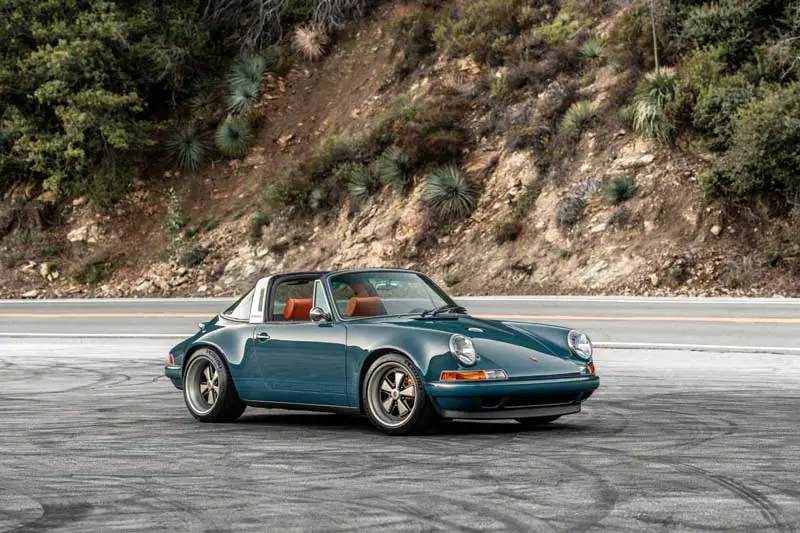
California Based Singer Has Completed Its 300th Restoration, The Sotto
Restomodders Singer have produced their 300th 911 already and it’s another964 based conversion called the Sotto. It’s almost hard to believe it was a964, though
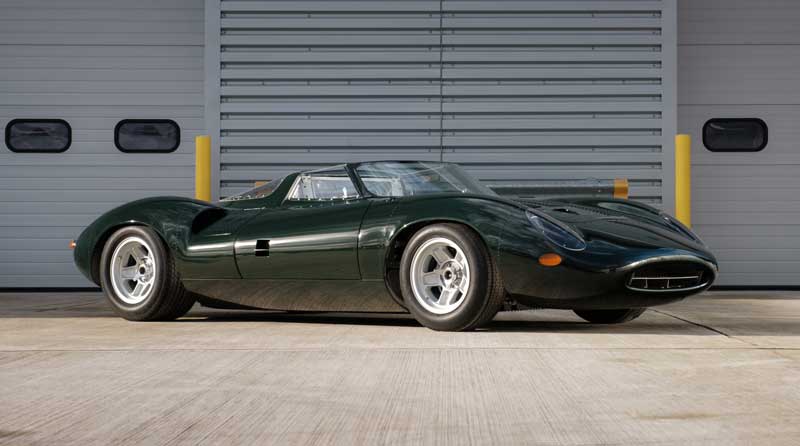
The True Spirit Of The Jaguar XJ13 Presented By JD Classics At Retromobile 2024
The masterpiece that is the Spirit of the XJ13 is unveiled at Retromobile 2024 by JD Classics of Chelmsford, England, and seen for the first

